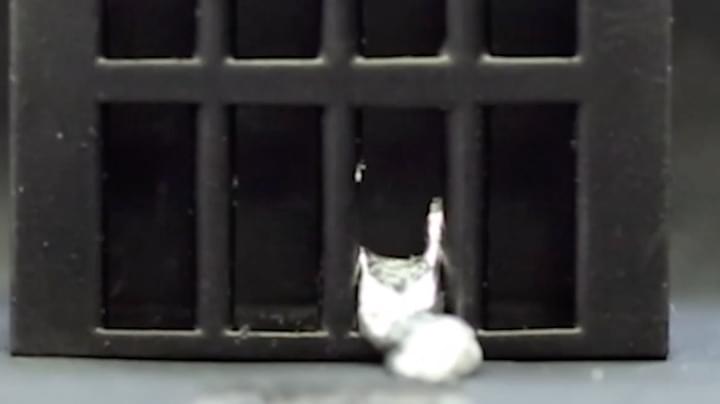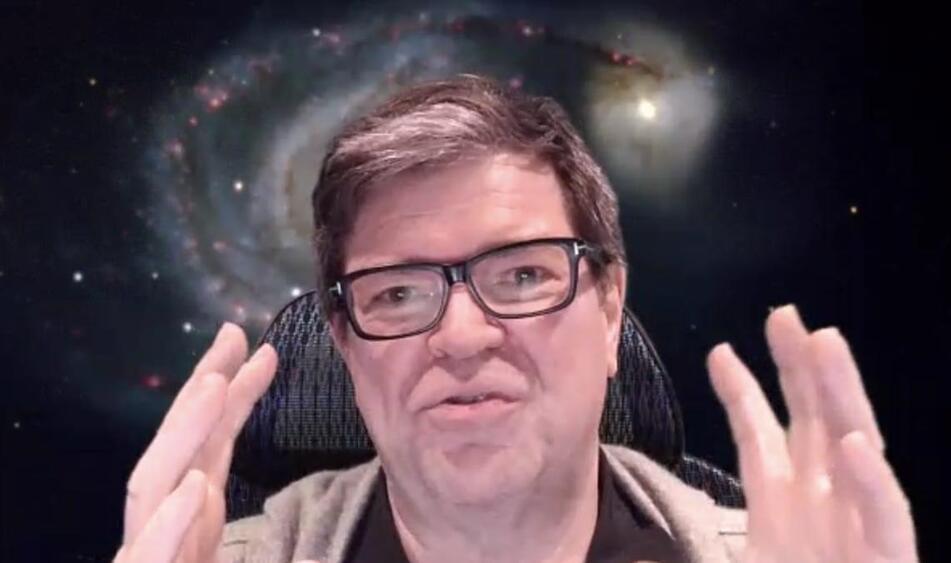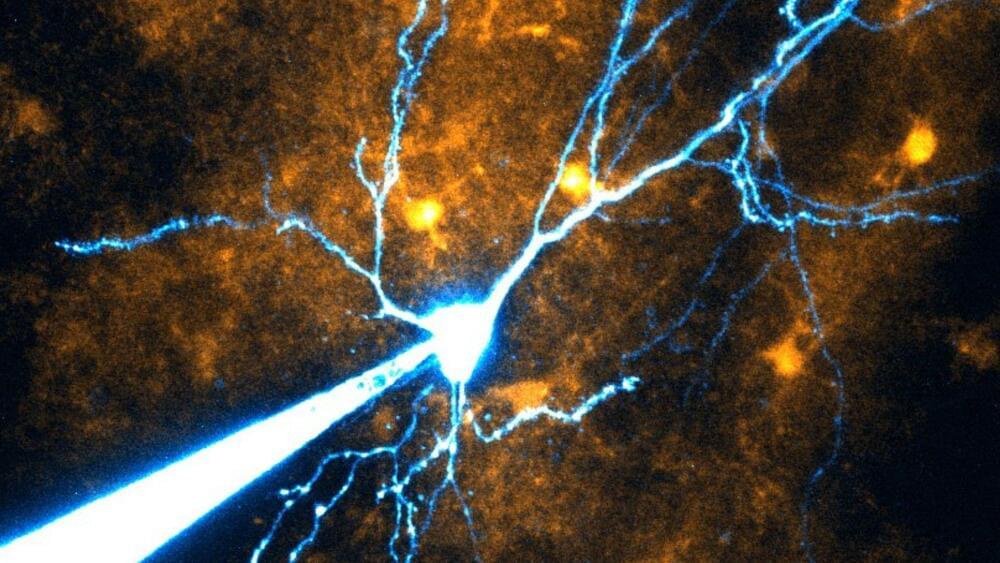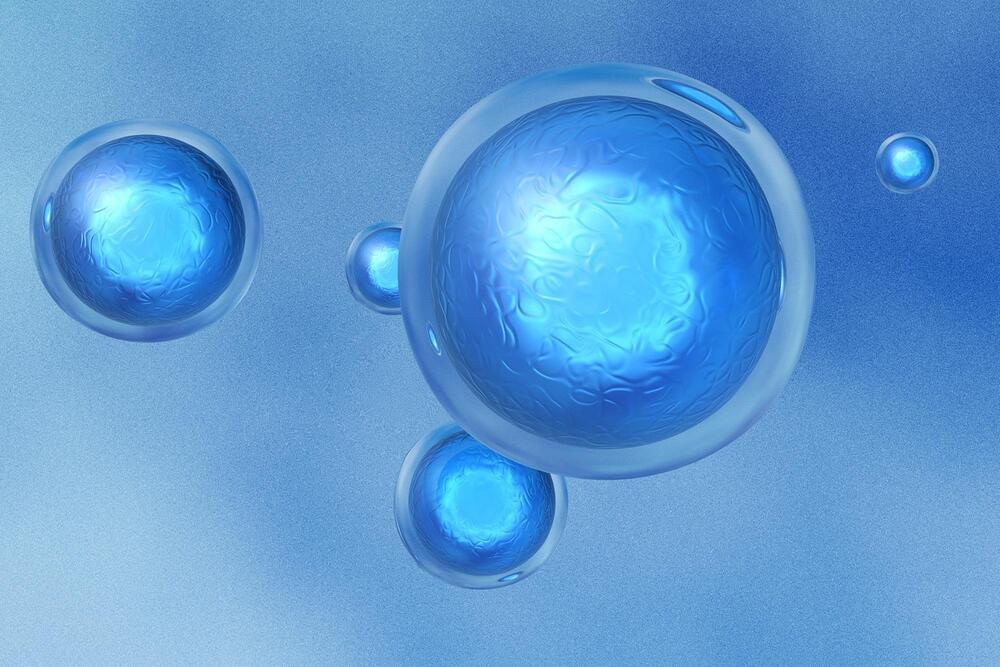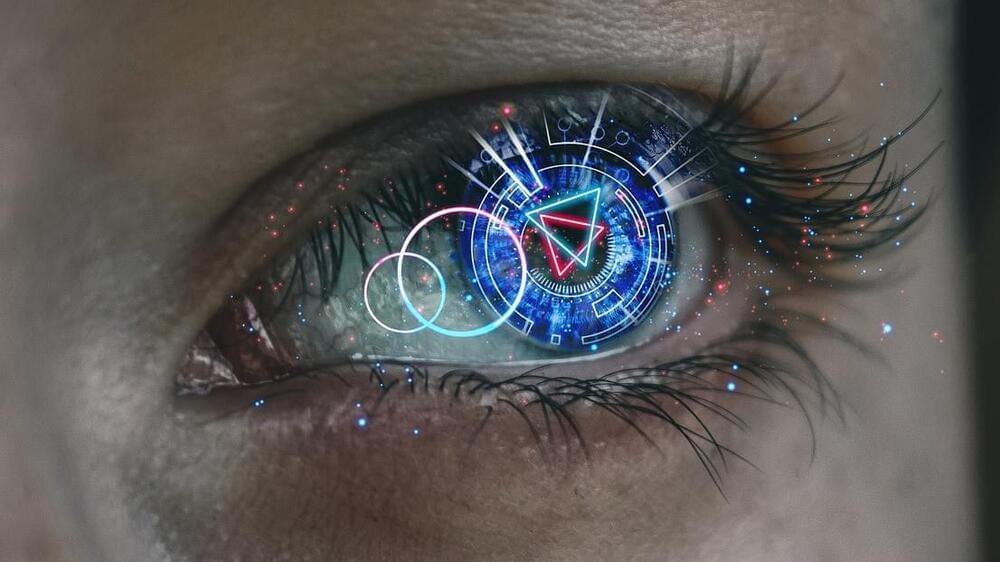Objects are also magnetic and can conduct electricity Researchers reveal person-shaped robot that can turn themselves into liquid Researchers have created humanoid, miniature robots that can shapeshift and turn into liquid. The breakthrough could allow for the creation of more robots that can shift between liquid and solid, allowing them to be used in a variety of situations.
